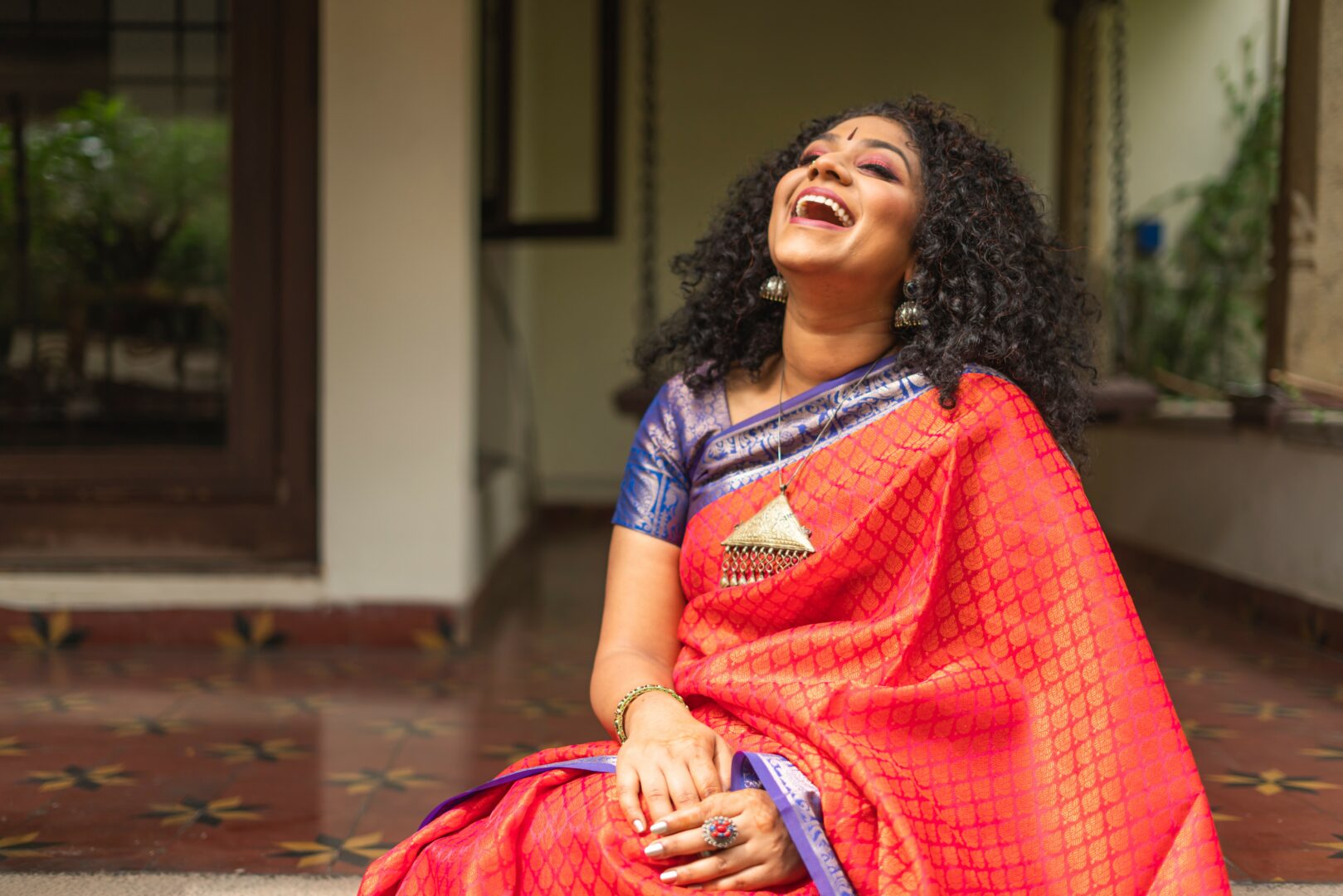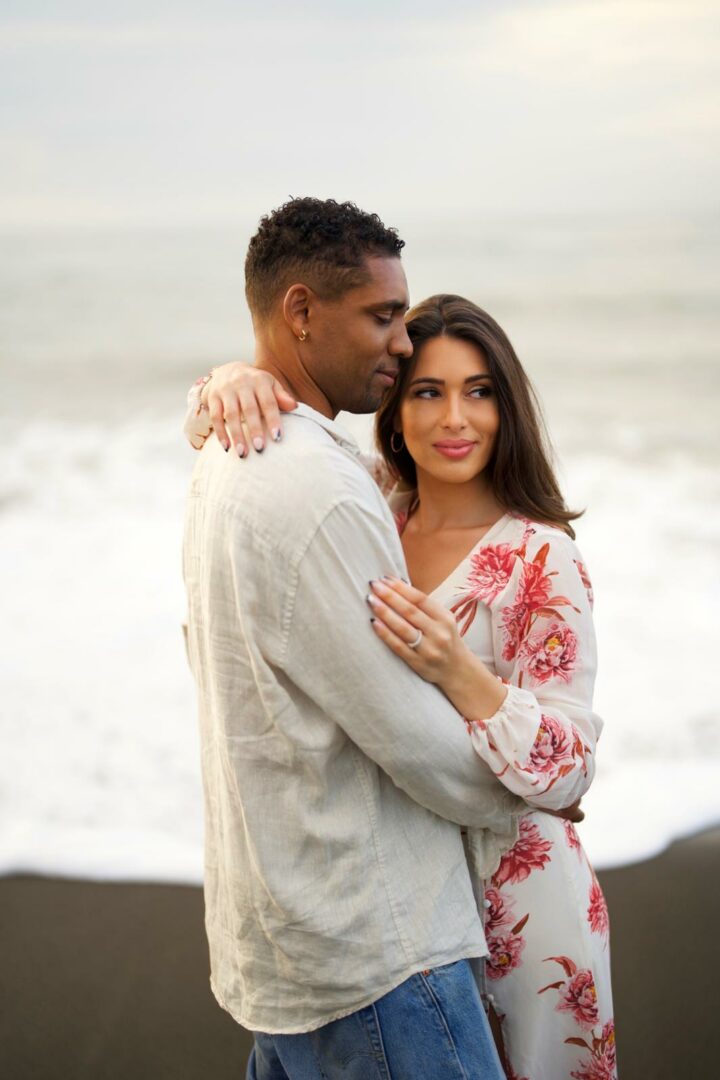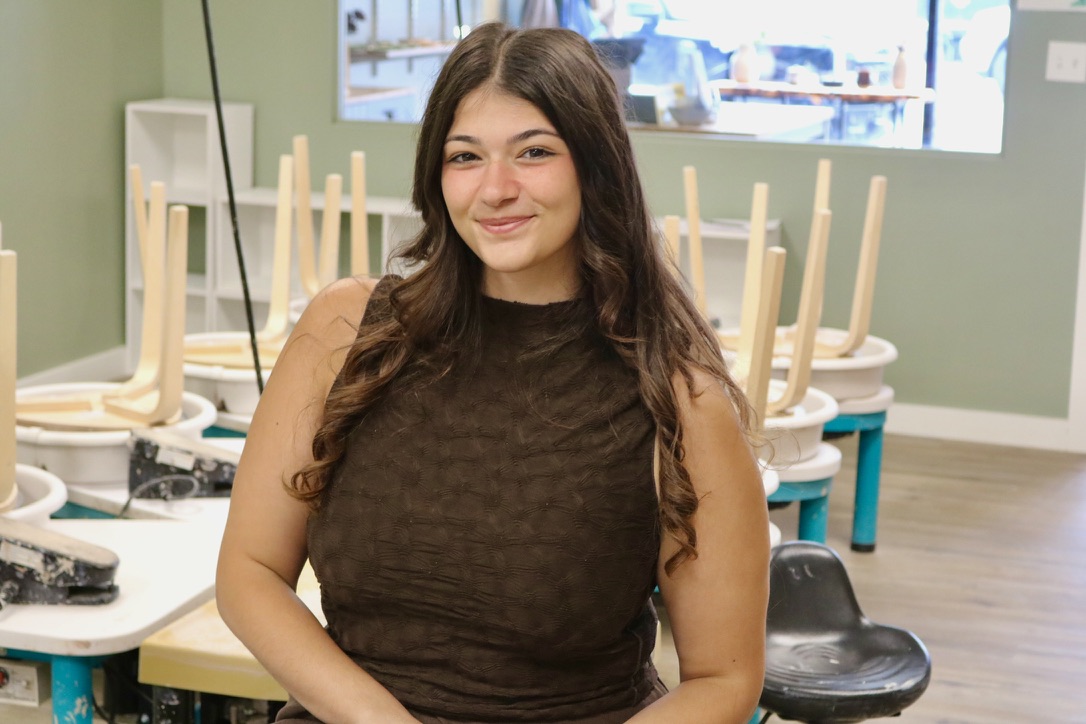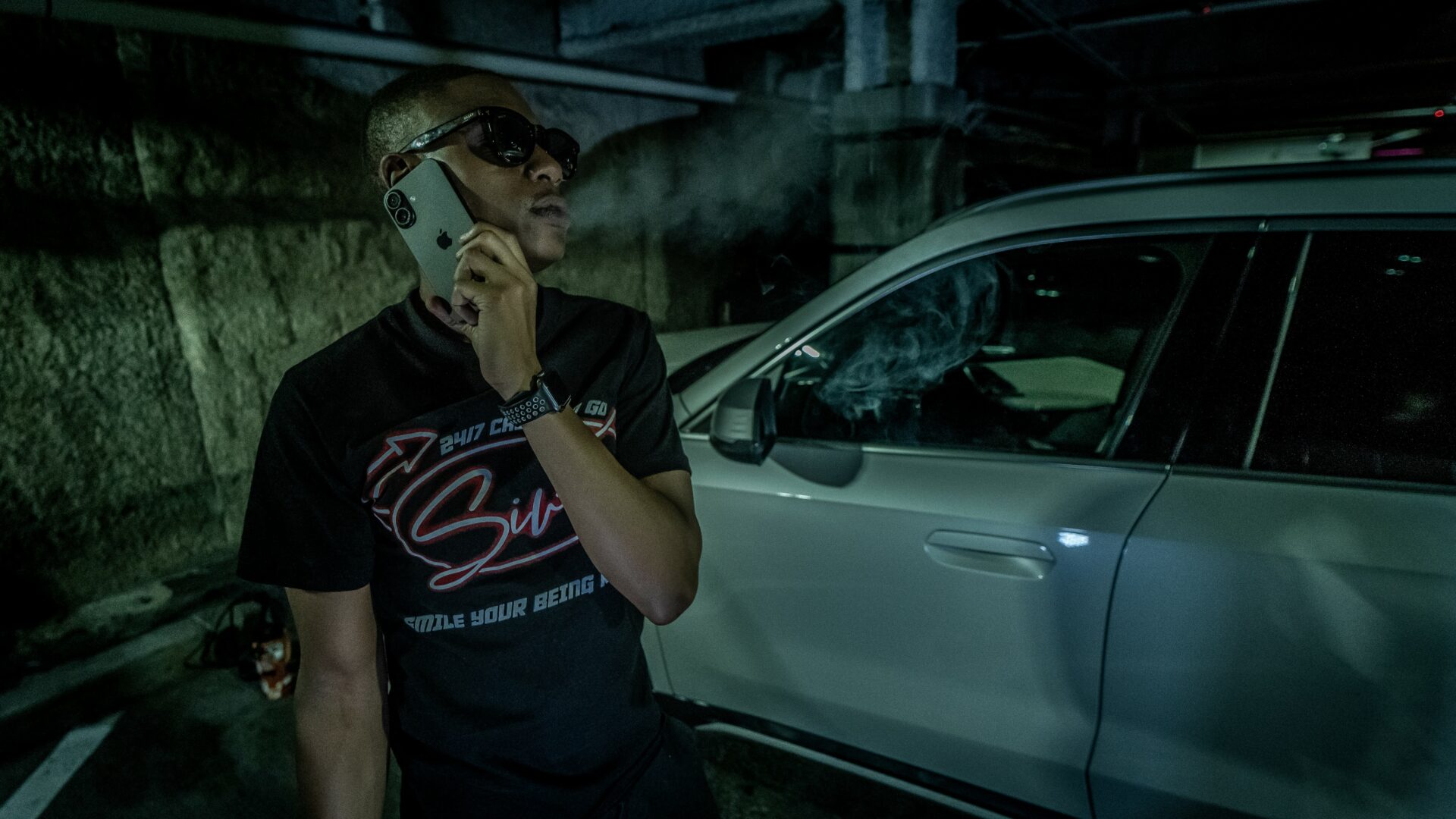We were lucky to catch up with Roopa Mahadevan recently and have shared our conversation below.
Roopa, thank you so much for joining us today. Let’s jump right into something we’re really interested in hearing about from you – being the only one in the room. So many of us find ourselves as the only woman in the room, the only immigrant or the only artist in the room, etc. Can you talk to us about how you have learned to be effective and successful in situations where you are the only one in the room like you?
I think the women in my family – mother, her mother (my grandmother), and her sister (my aunt) – have always been very confident and down-to-earth in social settings. I noticed they don’t walk through life assuming judgement or shying away from being exposed through social interaction. Their humility, ability to laugh at themselves, and focus on the important things have given them grounding, I think. They also use humor as a social lubricant; it becomes a unifier in social settings. And I think the root idea is that humor helps us get to that lowest common denominator; it reminds of our shared experiences, observations, and fears. When we think we have more in common with others than not, a formality and distance goes away, which makes for more authentic and enjoyable interactions, as well as more trust, generosity, and abandon.
This is also a practice in self-forgetting, which is so important, I think, to build empathy, a sense of wonder, and a connectedness with the world around you, especially during conflict or when times are tough. Rather than thinking of ourselves as unknowable individuals, I think I have that positivity (inspired by my mom/grandma/aunt) that I’ll always have something to share, laugh about, or learn from with another human being. This has really helped me through my artistic career as well as in my other relationships, I believe.
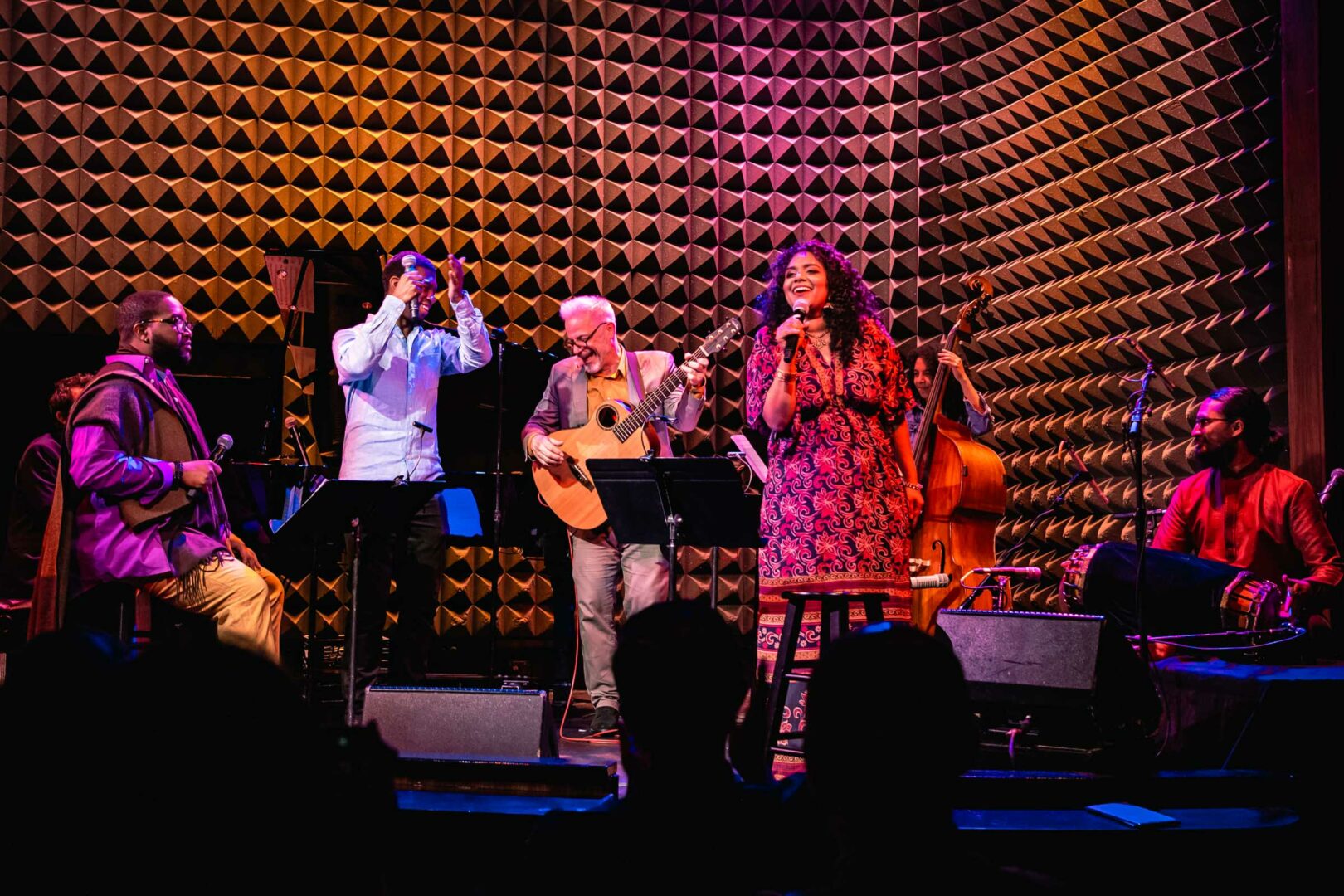
Thanks for sharing that. So, before we get any further into our conversation, can you tell our readers a bit about yourself and what you’re working on?
I am an artist because: 1) it’s central to my 2nd-generation immigrant South Asian identity, 2) I want to amplify non-Western traditions/languages/musics, and 3) I believe art is our greatest tool for change. There is a conforming, “respectability” component of mainstream American identity that can suck out the culturally- indigenous, quirky, interesting parts of us; but on stage, I can let go of any hang-ups, and feel connected to my body, the music of ancestors, the earth, and a more primal spirit of creativity and connection.
To date, I’ve been an ambassador of Carnatic (South Indian classical) vocal music across the country, and done numerous
collaborations with my crossover sound (Indian/jazz/soul/free improv), working with musicians, dancers, playwrights, as well as composing/teaching. These have taken me to venues all around the country, including Lincoln Center, SF Jazz, MET Museum, Carnegie Hall, Jacob’s Pillow, and more. Carnatic music is complex, soulful, devotional, and rooted in sounds/shapes you don’t hear elsewhere; I want more people to experience it, especially as English language and western culture become a hegemonic force. I also want us to feel freer to wail, laugh, cry, and move our bodies, in our individually diverse and beautiful ways, despite all the trends to conform.
Roopa in Flux (RIF), my crossover ensemble, aims to emulate this on stage: authentic tradition + passionate self- expression.
RIF resembles a Carnatic concert in some ways – emotionally-moving “ragas” (Indian melodies), improvisational interplay among musicians, fast and complex rhythms, and rich lyrics of poets and philosophers spanning several hundred years in many South Indian languages; but in RIF, I pair this with what I heard on the radio growing up, to create a new sound for a hyphenate America. And I work with amazing improvising instrumentalists in jazz, R&B/soul, avant-garde, and other global traditions.
My current project Songs for Many Lives explores how Carnatic music can honor, celebrate, and pass on the immigrant legacy of South Asian immigrants in the Bay Area through new compositions. Unlike existing Carnatic songs which tend to have a narrow depiction of South Indian religiosity and mythology/stories, these new songs of diaspora amplify marginalized identities, struggles, and themes of American immigrant life that we don’t hear about enough in mainstream South Asian discourse. Collaborator Sruti Sarathy (Carnatic violinist, composer) and I also use video projection, audience participation, and community partnerships to expand the audience for whom this music is meaningful and accessible.
In the current political moment, we need more voices to align “Carnatic” and “tradition” with resistance to oppression, justice, and plurality; my collaborator Sruti and I are proud to commit to this, especially as female composers (also rare) and diasporic artists.
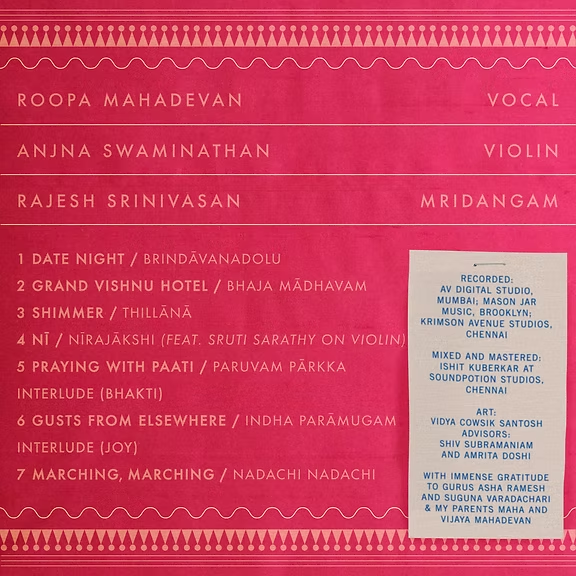
If you had to pick three qualities that are most important to develop, which three would you say matter most?
Collaborative spirit – I love working with different types of artists, in different arrangements, and in different settings (chorus, small bands, big bands, theater, dance, outdoor installation, etc) and this has broadened the types of performances I can do, audiences I can reach, and skills I can develop along the way. As someone working in a niche area (Carnatic vocal music) in the American cultural/arts ecosytem, this love of collaboration, at a very practical level, has helped me keep busy with performances and ensure some diverse streams of income
Vocal tone/culture and soul – I’m so grateful to my first formative teacher Asha Ramesh, who insisted on good pitch, and tone in vocal renditions. This is rare in Carnatic music which often puts more emphasis on technicality and “ideas,” rather than how the voice sounds. Asha auntie’s training helped my voice transcend genres, which has been an important base for my work.
Sense of community – for me music-making is a deeply vulnerable and (but also!) joyful activity. It helps us release our inner tensions, find moments of synergy with strangers (whether as co-performers or the audience!), imagine new worlds and express complex emotions, as well communicate in deep, nuanced ways that words fail to do effectively. So, it’s naturally, something that can help you see the positivity in working with other people. With any community can come loss of self/individuality/what makes you quirky, unique, “you.” But art is beautiful in that it’s the very space where being “yourself” is the radical act, the call of duty. So, in that way, community and individuality can co-exist very beautifully. As a natural extrovert as well, I’ve love that my profession brings me in such close quarters with other folks.
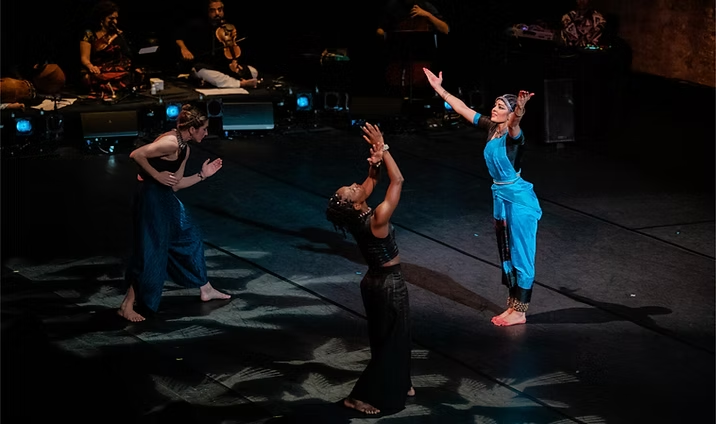
How can folks who want to work with you connect?
I’d love to work with more video and/.or visual artists to help some of my ideas – which are based more in theater, comedy, and storytelling – can come alive. I’m not good at learning new technologies very fast (eek!), so rather than do it myself, I’d love to work with someone who is able to flow in their medium quickly and effectively and be a thought partner with me in putting these together.
Contact Info:
- Website: https://www.roopamahadevan.com
- Instagram: https://instagram.com/roopama
- Facebook: https://facebook.com/roopamahadevanartist
- Linkedin: https://www.linkedin.com/in/roopa-mahadevan-b16a23a/
- Twitter: https://www.twitter.com/roopamaha
- Youtube: https://www.youtube.com/roopamahadevan
- Soundcloud: https://soundcloud.com/roopamahadevan
- Other: Temporary landing site for an ongoing project “Songs for Many Lives”
https://www.srutisarathy.com/songs-for-many-lives
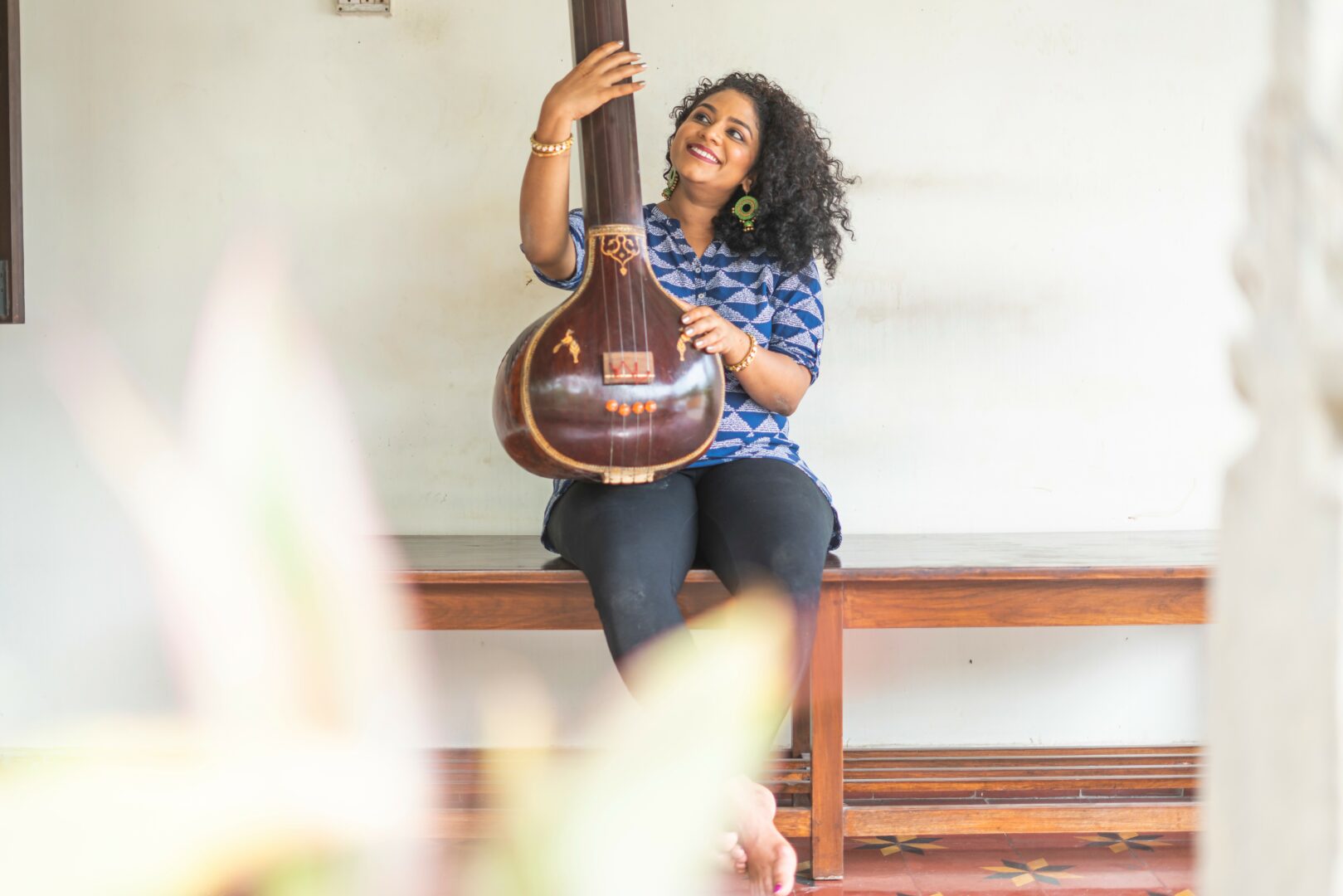
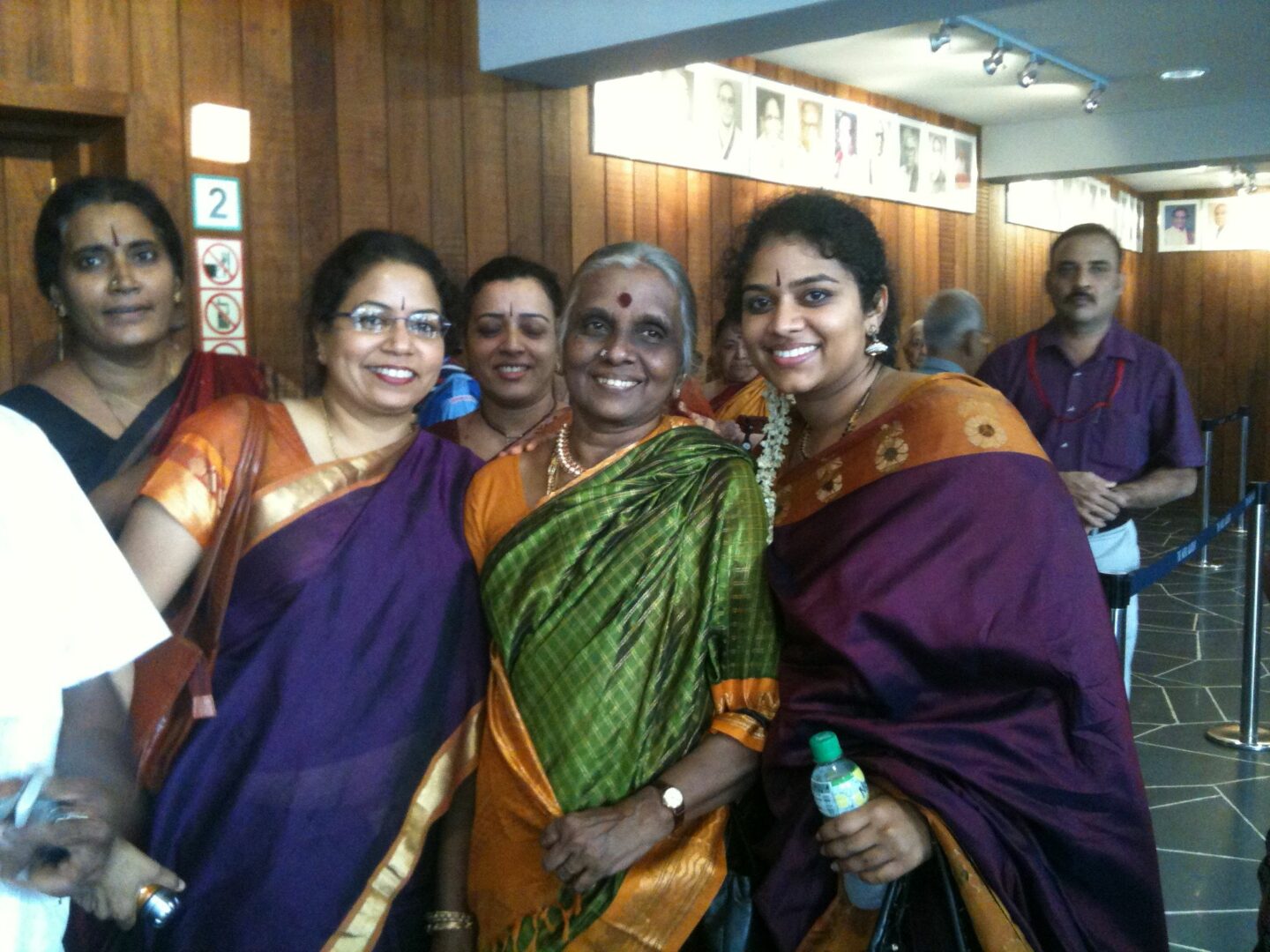
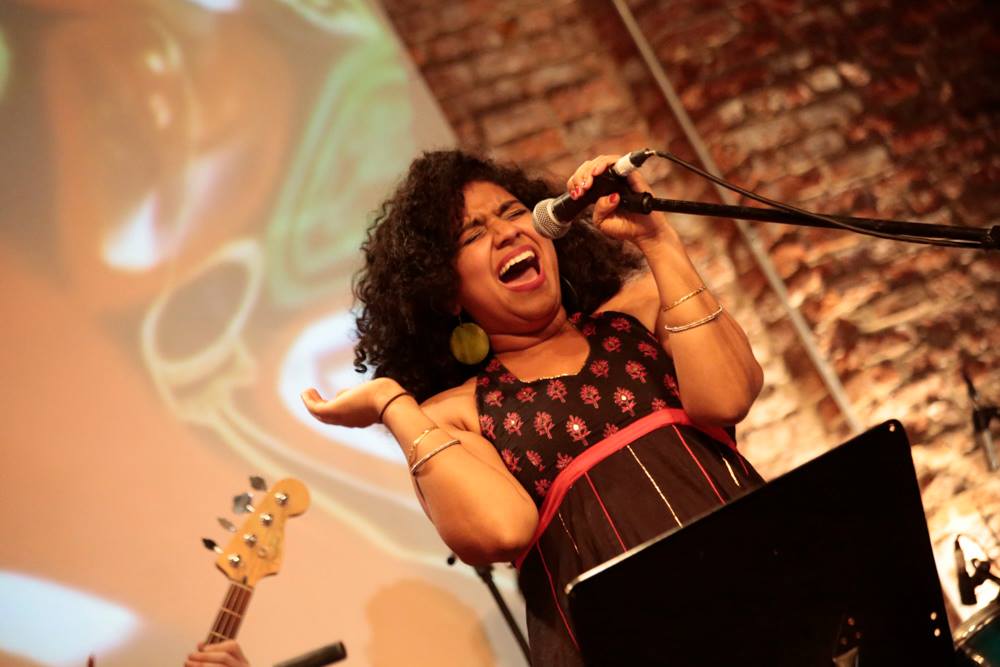
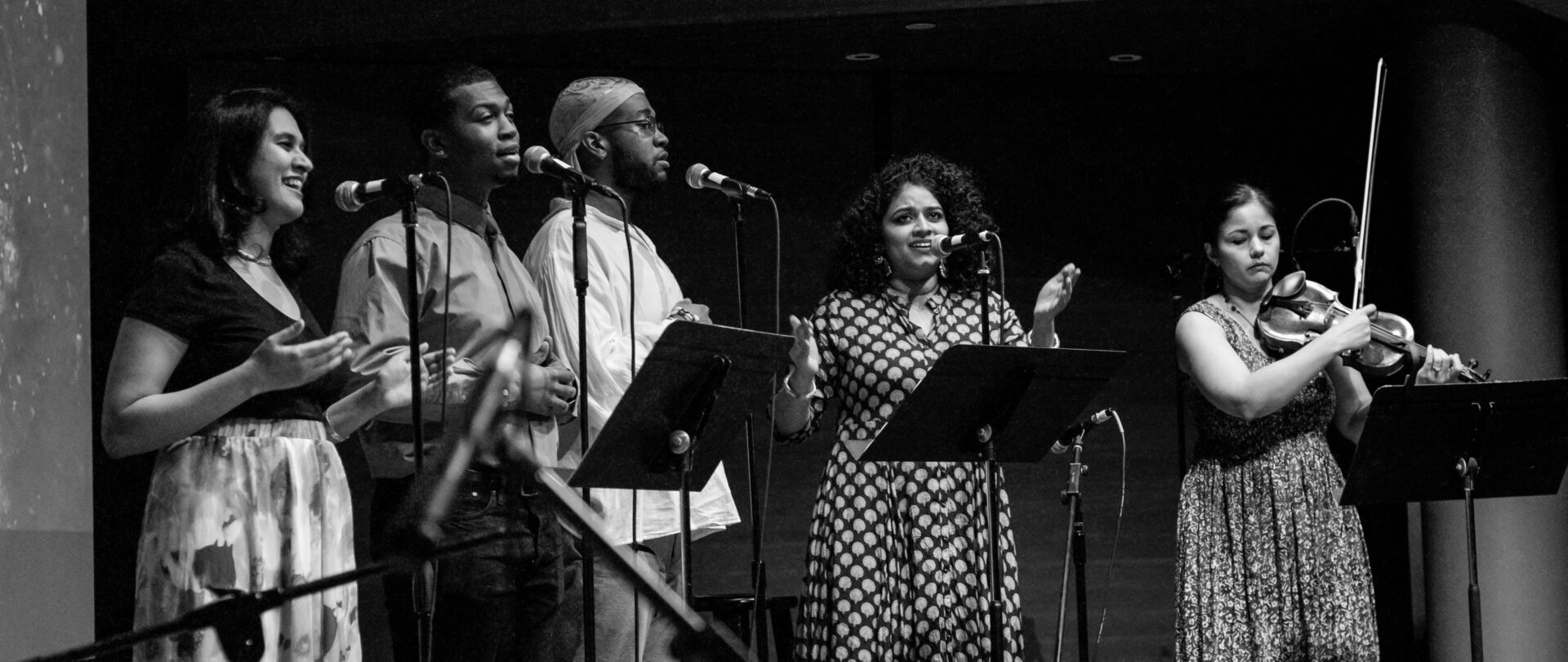
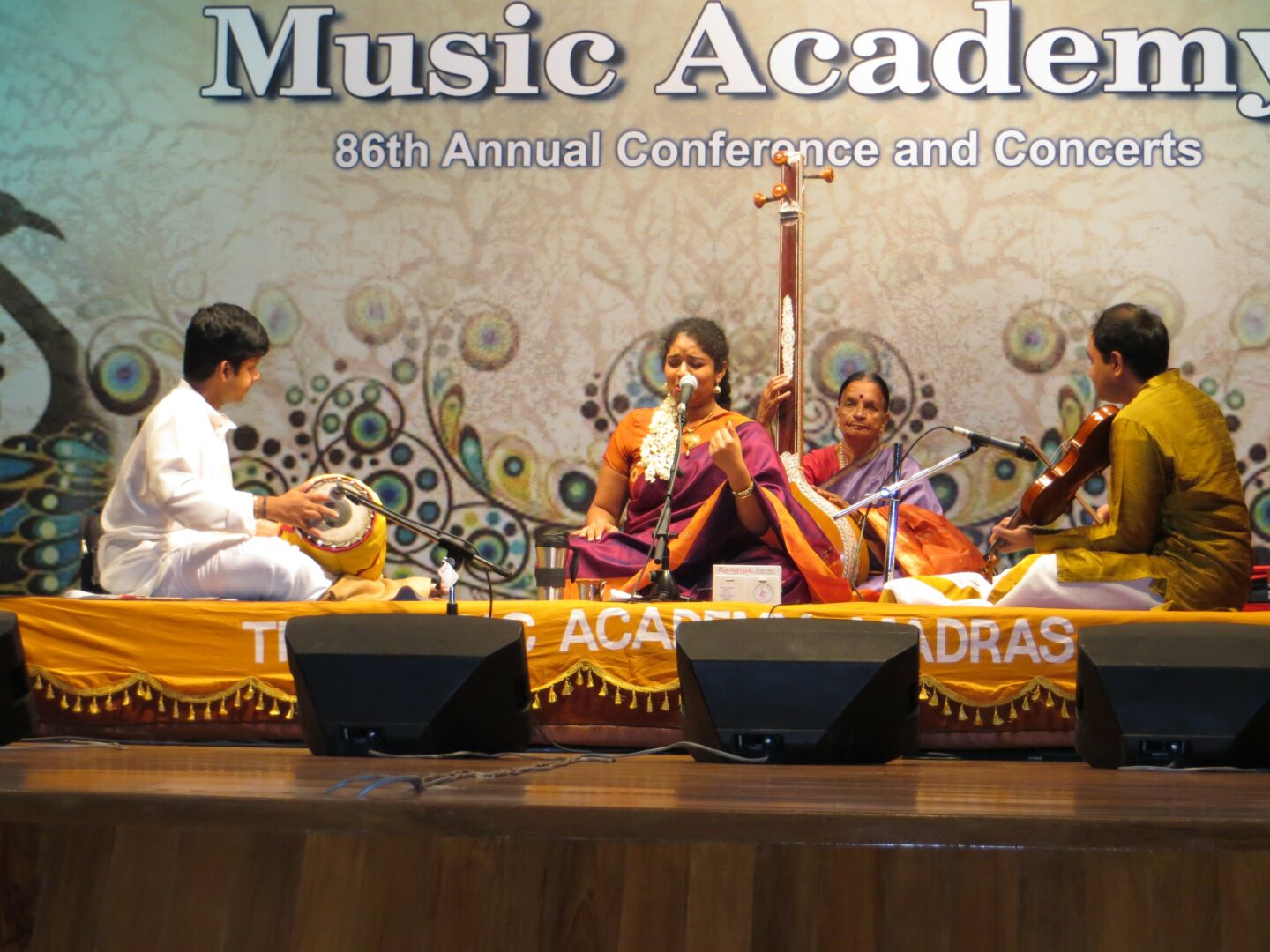
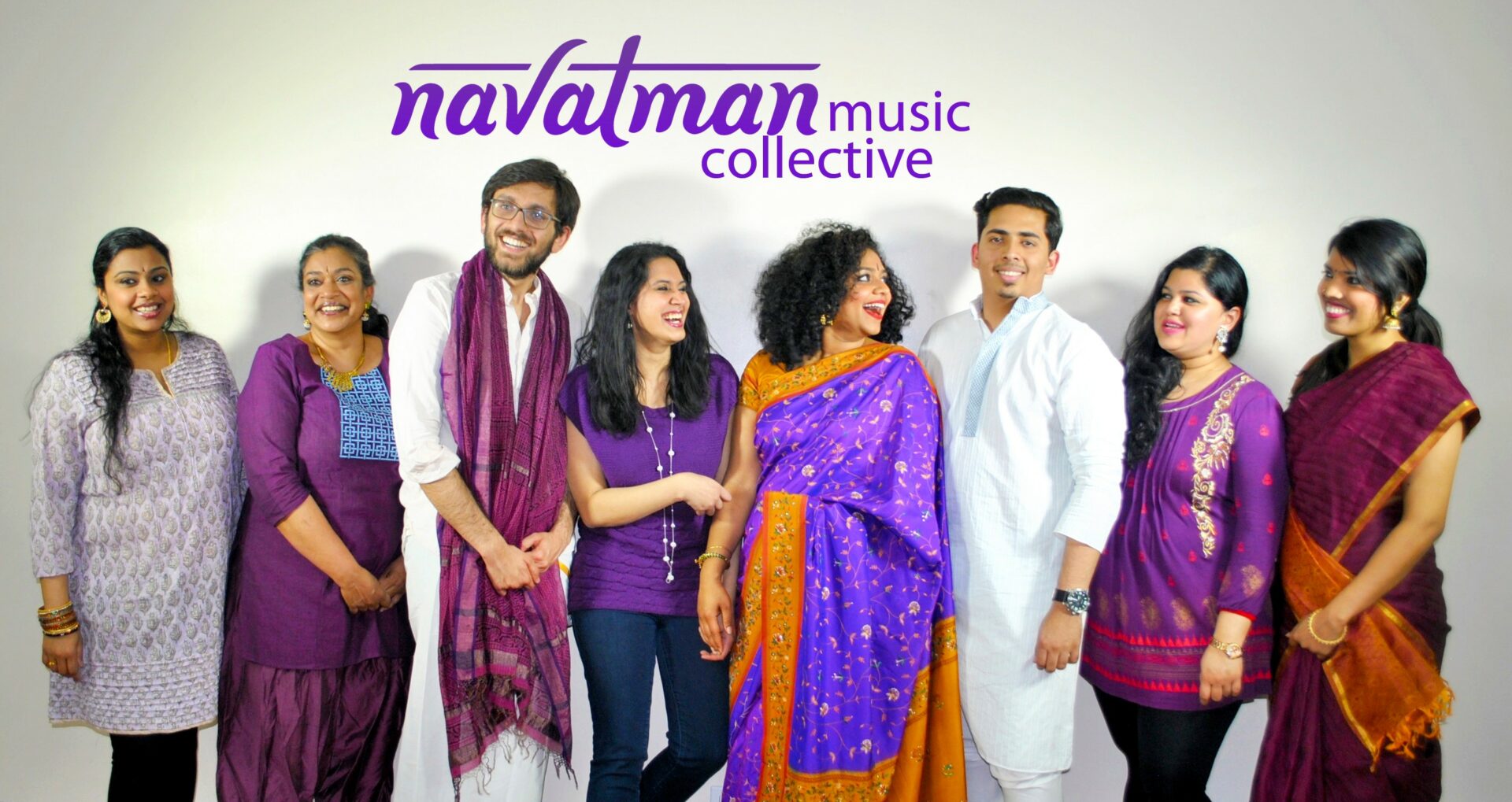
Image Credits
Ram Keshav
Takako Harkness
Vidya Cowsik Santosh
James Fideler
(I’ve put the names in the filenames as well)
so if you or someone you know deserves recognition please let us know here.

